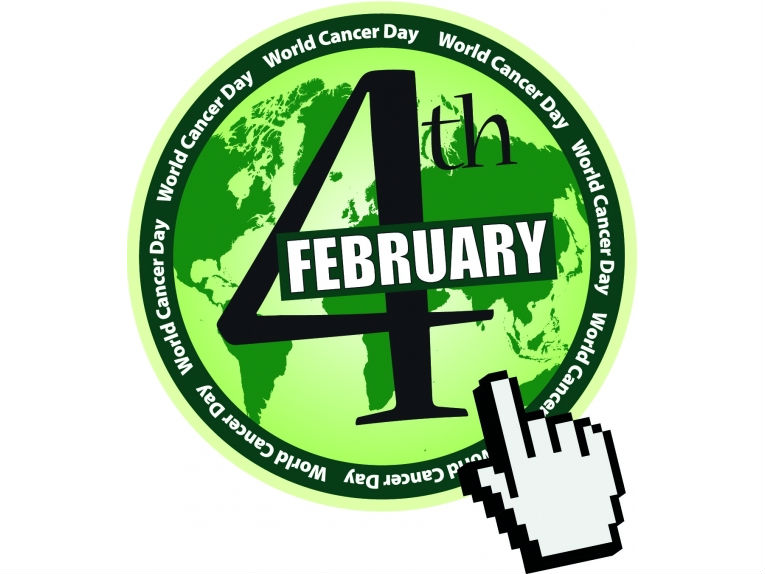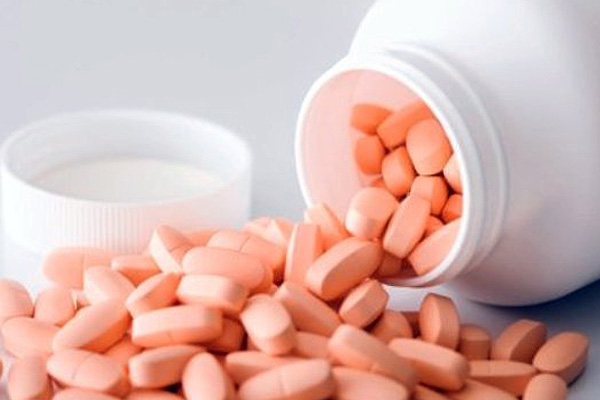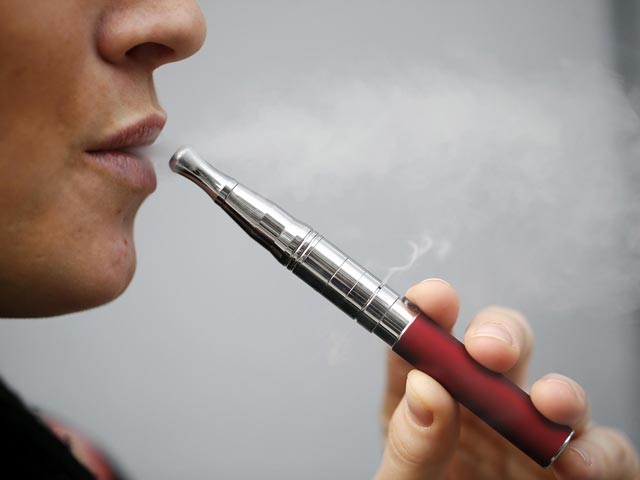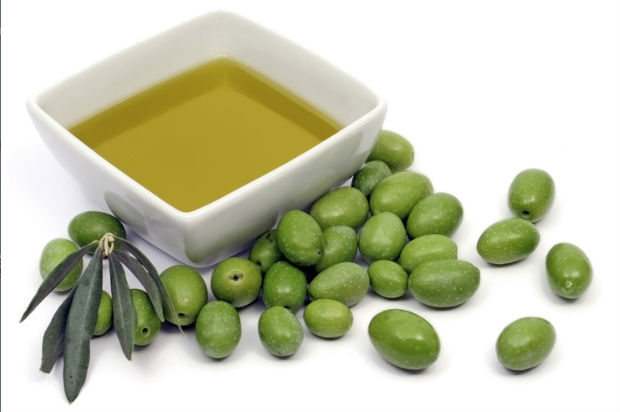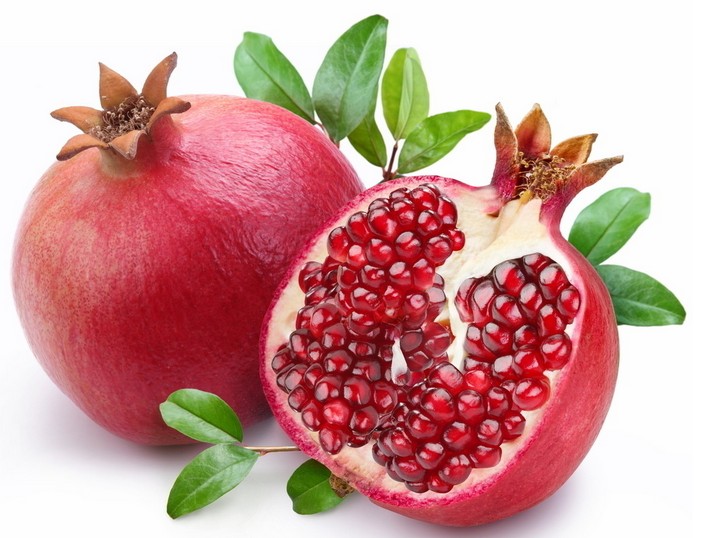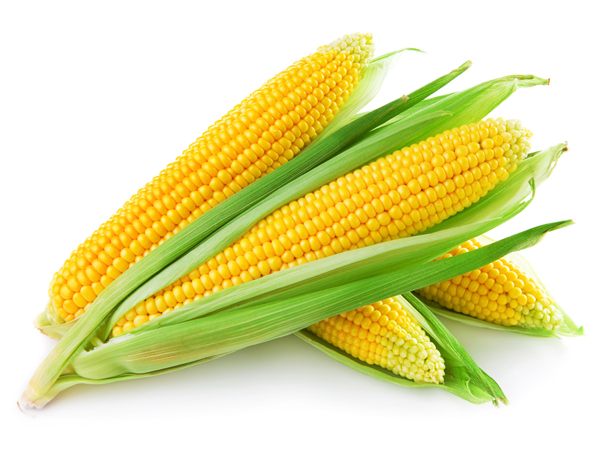
People who drink lots of soda or other sugary beverages may have a higher risk of developing rare cancers in the gallbladder and bile ducts around the liver, a Swedish study suggests.
Little is known about the causes of biliary tract and gallbladder tumors, but emerging evidence suggests obesity as well as elevated blood sugar levels that are a hallmark of diabetes may increase the risk of these malignancies.
Because sodas and other sugary drinks have been linked to high blood sugar and weight gain, researchers wondered if these beverages might play a role in these types of cancer, said lead study author Susanna Larsson of the Karolinska Institute in Sweden.
To explore this possibility, researchers analyzed survey data on the eating and drinking habits of more than 70,000 adults then followed them for more than 13 years on average to see whether cancers got diagnosed.
Only about 150 people developed biliary tract or gallbladder cancers during the study period.
But compared with people who avoided sugar-sweetened drinks altogether, individuals who consumed two or more juice drinks or sodas, including artificially sweetened sodas, a day had more than twice the risk of developing gallbladder tumors and 79 percent higher odds of getting biliary tract cancer, the study found.
“Soda consumption has been inconsistently associated with risk of biliary tract cancer (only one prior study) and other cancers in previous similar studies,” Larsson said by email.
The current study “is the first study to show a strong link between consumption of sweetened beverages, such as soda, and risk of biliary tract cancer,” Larsson added.
At the start of the study, participants completed food and drink questionnaires that asked how many sodas or juice drinks they had consumed in the past week and how much they typically consumed during the previous year.
When they answered these questions in 1997, participants were 61 years old on average. About half of them were overweight and roughly 25 percent were current smokers.
Researchers excluded people with a previous cancer diagnosis or a history of diabetes.
The people who drank two or more sodas or sugary beverages a day were more likely to be overweight and eat a higher-calorie diet with more sugar and carbohydrates and less protein and fat.
The increased risk of gallbladder and biliary tract tumors persisted, however, even after researchers adjusted for whether participants were overweight.
Because the study is observational, the findings don’t prove soda and sugary drinks cause cancer.
It’s also possible that because researchers only had data on drinking habits at the start of the study, the findings might have been influenced by changes over time in the beverages people consumed, the authors note in JNCI: Journal of the National Cancer Institute.
Researchers also lacked precise data to assess how often the drinks people chose were diet sodas, said Dr. Margo Denke, a former researcher at the University of Texas Southwestern Medical School in Dallas who wasn’t involved in the study.
Even so, “this study suggests that there is more than a plausible link; the incidence of biliary and gall bladder cancer was higher among individuals who consumed more sodas and juices,” Denke said by email.
The exact reasons for the connection between sodas and these tumors may be unclear, but the message for consumers is still simple, said Dr. Igor Astsaturov, a medical oncologist at Fox Chase Cancer Center in Philadelphia who wasn’t involved in the study.
“Obviously, this finding signals again and again that healthy lifestyle is the key to cancer-free life,” Astsaturov said by email. “Regardless of the cause, it is easy enough to quench the thirst with water to stay fit and healthy.”
Source: http://www.nbcnews.com/health/health-news/sodas-linked-gallbladder-cancer-n608716



